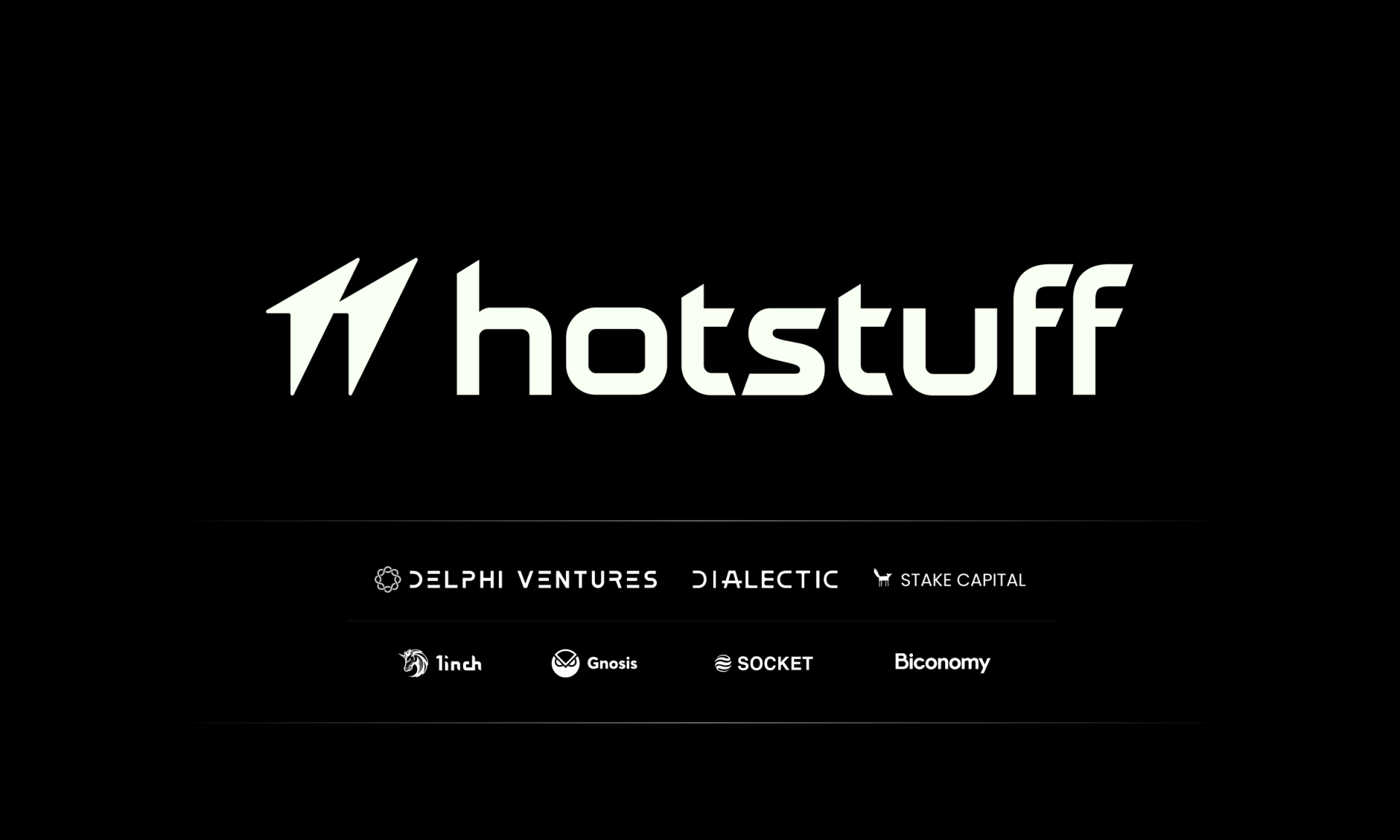In the world of blockchain technology and cryptocurrencies, token issuance is a fundamental process that plays a vital role. It involves the creation of new tokens that are then added to the overall supply of a particular cryptocurrency. This process is regulated by complex algorithmic calculations that determine the required number of tokens for the smooth functioning of the blockchain ecosystem.
Each cryptocurrency has its own unique total supply of tokens, which is determined through intricate algorithmic functions. These functions take into account factors such as the desired inflation rate, the token distribution mechanism, and the goals of the project. Token issuance is an essential aspect of the cryptocurrency ecosystem and requires a comprehensive explanation from blockchain-based projects.
Token issuance can vary depending on the specific blockchain and cryptocurrency. Different crypto blockchains have different setups for token issuance due to the existence of various consensus mechanisms. These consensus mechanisms determine the rules and processes for token issuance within a particular blockchain network.
For example, let’s take a look at the token issuance process of Bitcoin. In the Bitcoin whitepaper, it is specified that there will only ever be 21 million Bitcoin tokens. This finite supply ensures scarcity and helps maintain the value of Bitcoin. As the Bitcoin network operates, new tokens are issued through a process called mining, where miners solve complex mathematical problems to validate transactions and add new blocks to the blockchain. However, once the maximum supply of 21 million tokens is reached, Bitcoin issuance will cease, and miners will only receive transaction fees as rewards.
On the other hand, some cryptocurrencies do not have a maximum supply limit. For instance, Ethereum, the second-largest cryptocurrency by market capitalization, has a different token issuance mechanism. Ethereum uses a concept called “gas” to incentivize miners and maintain the network’s operations. Gas is used to calculate the cost of executing operations on the Ethereum network, such as smart contract interactions. Miners are rewarded with newly minted Ether (ETH) tokens for validating and adding transactions to the blockchain.
In certain cases, consensus mechanisms involve token burning, which is the opposite of token issuance. Token burning permanently removes tokens from circulation. This approach can help maintain token scarcity and provide value to token holders. Some consensus mechanisms combine token issuance and token burning to ensure consensus among the network of nodes.
Token issuance can also refer to the process of tokenization, where an external asset is added to the blockchain through a specific crypto token. This type of token issuance involves the creation of a token that represents an external asset, such as real estate, artwork, or commodities. Tokenization enables fractional ownership, increased liquidity, and transparency for traditionally illiquid assets.
In the cryptocurrency world, token issuance holds significant importance. The rules and mechanisms governing token issuance in different projects help investors make informed decisions about whether to invest in a particular project or not. These rules can also impact the valuation of cryptocurrencies. Often, cryptocurrencies with a fixed maximum supply experience price increases as the blockchain approaches this limit due to the principles of supply and demand.
Furthermore, token issuance can be influenced by regulatory frameworks in different jurisdictions. Governments and regulatory bodies are increasingly addressing the need for clarity in token issuance, especially in cases where tokens are considered securities. Projects must ensure compliance with relevant regulations to maintain the trust and legitimacy of their token issuance processes.
Overall, token issuance is a critical process that underpins the functioning of the blockchain ecosystem. It encompasses the creation of new tokens, determines their supply and distribution, and affects the value and utility of cryptocurrencies. Understanding token issuance is essential for anyone interested in blockchain technology and participating in the crypto market.














